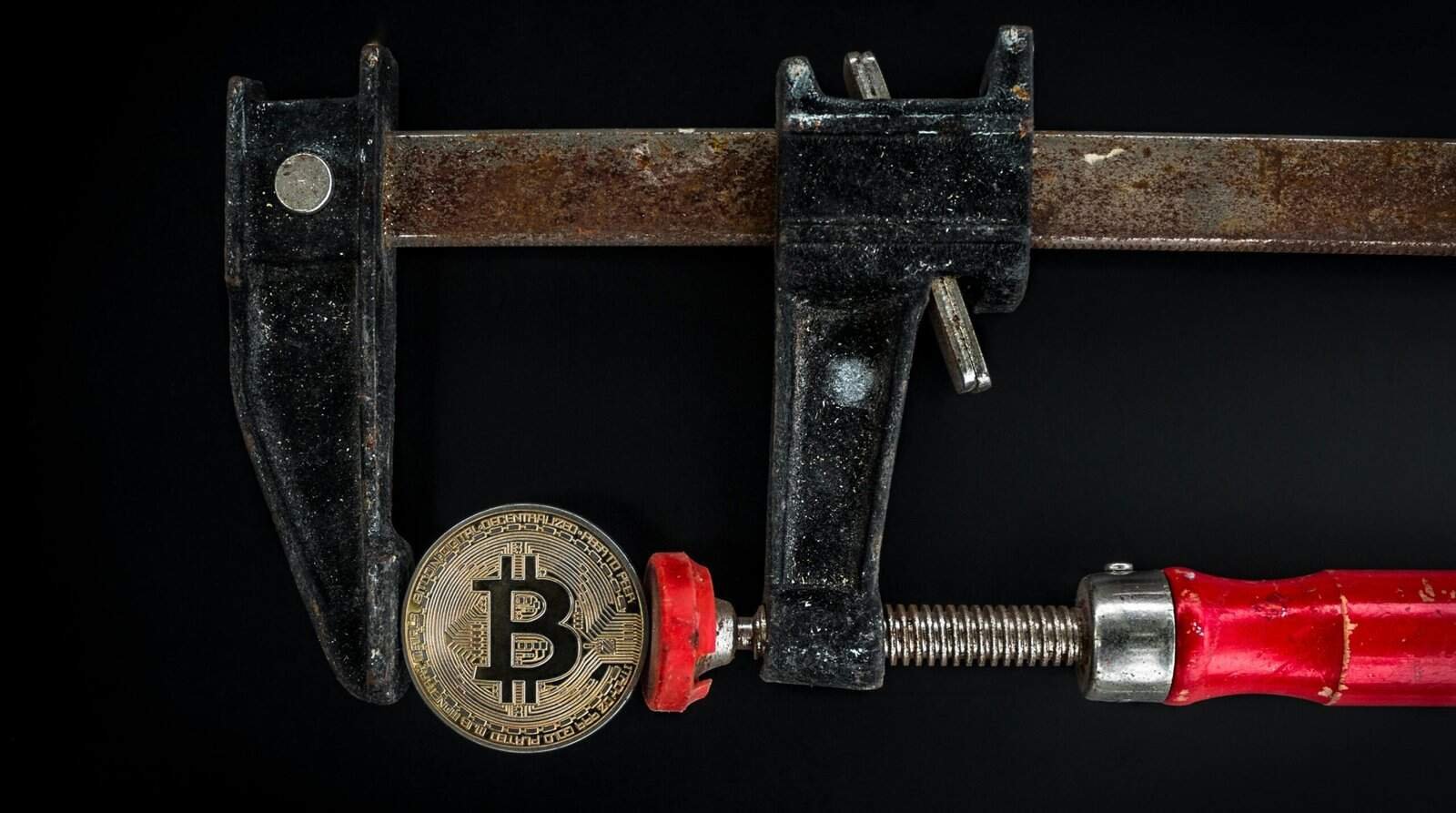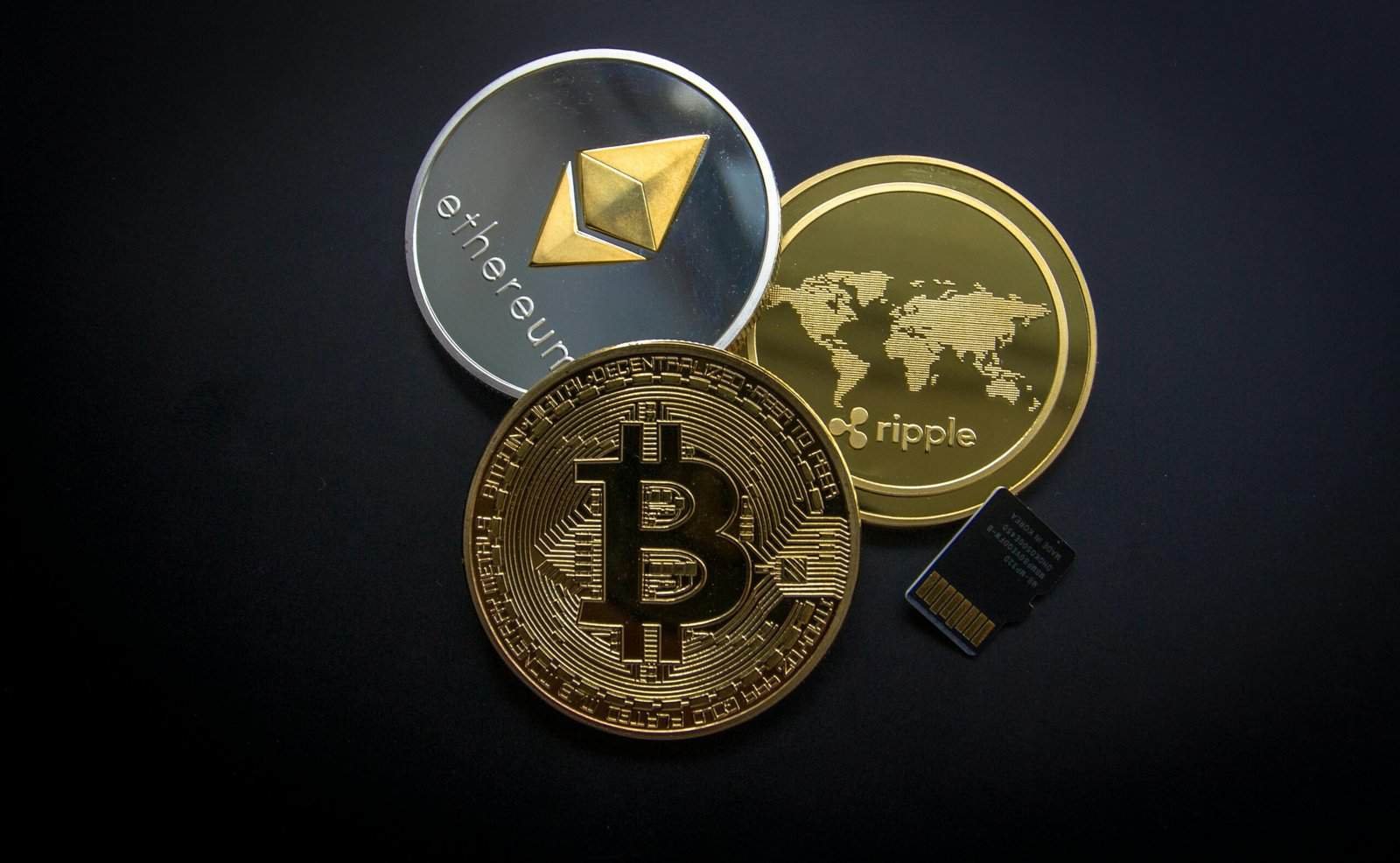Have you ever wondered how traders manage to navigate the complex world of futures trading? If you’re interested in the mechanics of financial markets, particularly how certain instruments allow for continuous trading without the constraints of expiry dates, you’re in the right place. Let’s journey through the fascinating world of perpetual futures and see how these contracts operate, bringing a fresh perspective to trading strategies.
Understanding Perpetual Futures
Perpetual futures are a unique financial derivative that doesn’t have an expiry date like traditional futures contracts. This means traders can hold positions for as long as they like, avoiding the need to roll over into a new contract every month. But how exactly do perpetual futures work, and why have they gained popularity in recent years?
Perpetual futures mimic the spot price of an asset while providing the leverage associated with futures trading. Unlike traditional futures contracts, which settle on a predetermined date, perpetual futures are often settled daily. This daily settlement occurs through a funding rate mechanism, which we will explore later. The main advantage? You can maintain positions without worrying about contract expiries.
The Mechanics of Perpetual Futures
The core mechanics of perpetual futures involve continuous settlement and price pegging to the underlying asset. But what keeps these contracts tethered to their underlying value? The secret lies in the funding rate.
The Role of the Funding Rate
The funding rate is a periodic payment exchanged between buyers and sellers, designed to narrow the price gap between the perpetual futures and the spot market. When the contract price is higher than the spot price, long position holders pay a funding fee to short position holders. Conversely, when the contract price is below the spot price, shorts pay longs. This exchange nudges the contract price closer to the spot price, maintaining stability and reducing unwarranted volatility.
Leverage and Margin
One compelling feature of perpetual futures is their leverage potential. Leverage allows you to control large positions with a relatively small amount of capital. However, this comes with increased risk—it’s a double-edged sword. The leverage levels available can range significantly, sometimes reaching up to 100x. But tread carefully, as high leverage means that both gains and losses can be amplified.
To mitigate these risks, traders need to maintain a suitable margin, which is the collateral required to open a position. If your equity falls below the maintenance margin level, you risk liquidation, meaning your position could be automatically closed to prevent further losses.
The Advantages of Perpetual Futures
Perpetual futures offer several benefits that have attracted traders from various corners of the financial world. Here’s what sets them apart:
Continuous Trading
The lack of expiry dates means there’s no rush to close or roll over positions as maturity approaches. You have the flexibility to sustain your investment strategy for as long as you deem necessary, without the burden of a ticking clock.
Flexibility and Strategy
Perpetual contracts allow you to implement diverse trading strategies, from hedging existing positions to speculating on future price movements. The ability to go long or short grants you the freedom to profit in both bullish and bearish markets.
Cost Efficiency
Since there’s no need to roll over contracts, transaction costs associated with trading can be lower with perpetual futures. This efficiency can be particularly beneficial for high-frequency traders who look to optimize their bottom line.

Challenges and Risks in Perpetual Futures
While perpetual futures offer appealing features, they come with their set of challenges and risks. Being aware of these can help in crafting a more secure trading strategy.
Volatility and Liquidation
Futures markets, especially those offering high leverage, are often volatile. With the potential for rapid price swings, maintaining position margins becomes crucial to avoid liquidation. Always ensure you have sufficient funds in your margin balance to withstand market movements.
Funding Rate Fluctuations
The funding rate can be volatile, changing every few hours based on market dynamics. This necessitates monitoring, as sudden changes can influence your overall profitability, potentially eating into your trading gains if not properly accounted for.
Psychological Pressure
Trading perpetual futures can be stressful. The combination of high leverage, continuous market access, and volatile price swings requires emotional discipline and a sound understanding of market psychology.
Regulatory Concerns
Given their relatively new introduction to the market, perpetual futures sometimes operate in a gray area of regulation. You should stay informed about the legalities in your jurisdiction, as regulatory landscapes can affect how and where these products can be traded.

The Intersection of Perpetual Futures and Privacy Coins
As we look ahead, an interesting development in the cryptocurrency space is the intersection between perpetual futures and privacy coins. Let’s explore how these two components tie together and what potential they hold.
What are Privacy Coins?
Privacy coins are cryptocurrencies designed to provide enhanced privacy and anonymity by obscuring transaction details. Unlike transparent cryptocurrencies like Bitcoin, privacy coins utilize special protocols to conceal transaction data, making it difficult to trace.
Examples of Privacy Coins
Here are some notable privacy coins:
| Coin | Description |
|---|---|
| Monero (XMR) | Uses stealth addresses and ring signatures to obscure sender, receiver, and transaction amount |
| Zcash (ZEC) | Offers selective transparency through zk-SNARKs technology, allowing for private transactions |
| Dash | Features PrivateSend, a coin-mixing service that anonymizes transactions |
Why Pair Perpetual Futures with Privacy Coins?
Combining perpetual futures with privacy coins offers an intriguing trading opportunity. The added anonymity of privacy coins can enhance financial privacy within futures trading. For traders who prioritize confidentiality, the synergy between these instruments can be compelling.
Challenges of Pairing
Despite the potential advantages, there are significant hurdles to consider:
Liquidity: Privacy coins typically have lower liquidity than mainstream cryptocurrencies like Bitcoin and Ethereum. This can result in higher spreads and reduced market depth in perpetual futures trading.
Regulatory Scrutiny: Privacy coins often face stricter regulatory scrutiny due to their anonymity features, which can influence the availability and acceptance of these coins on futures platforms.
Technological Complexity: Utilizing privacy coins requires familiarity with sophisticated cryptographic protocols, adding another layer of complexity to the trade.

Future Prospects
The perpetual futures market continues to evolve, with new product offerings and technological advancements. Here’s a glimpse into the future:
Market Expansion
As more exchanges offer perpetual futures, market accessibility will likely increase. This expansion can attract more participants, resulting in higher liquidity and tighter spreads, benefiting traders.
Cross-Asset Trading
With the integration of diverse cryptocurrencies, including privacy coins, cross-asset trading pairs in perpetual futures may emerge, broadening strategic opportunities for traders.
Technological Innovations
Technological advancements could usher in innovative features on trading platforms, from enhanced user interfaces to improved risk management tools, facilitating a smoother trading experience.
Regulatory Developments
As financial authorities continue to refine regulations for cryptocurrency derivatives, the legal landscape for perpetual futures is bound to progress. Staying informed will help you adapt to these changes and continue trading safely and effectively.

Conclusion
In the ever-evolving world of financial trading, perpetual futures represent an innovative frontier—one that combines the flexibility of spot markets with the leverage of futures contracts. By understanding their mechanics, advantages, risks, and potential for integration with privacy coins, you can better navigate this dynamic landscape. As with any financial instrument, knowledge and risk management are pivotal in leveraging perpetual futures for your trading success.

